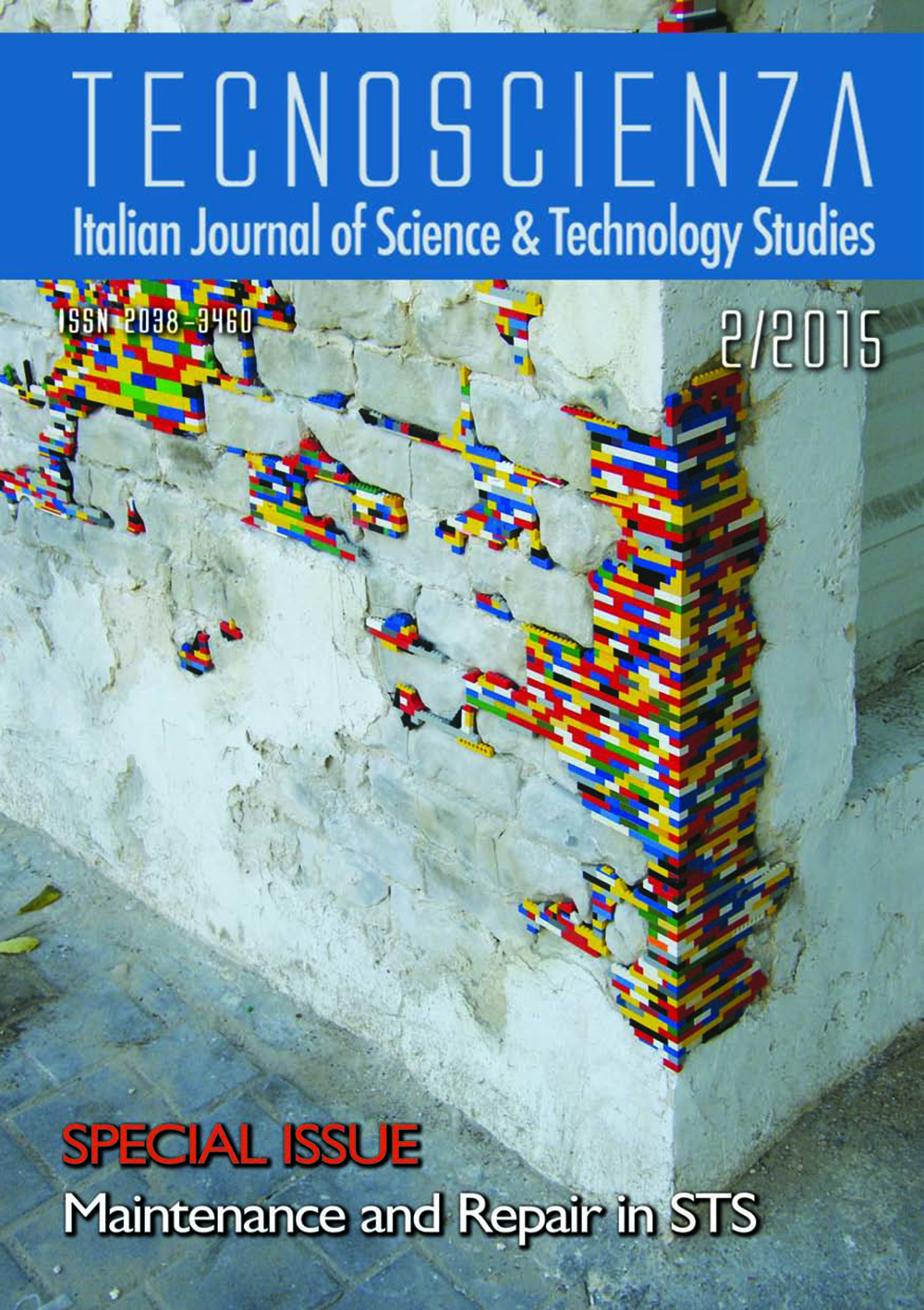Instances of Failures, Maintenance, and Repair in Smart Driving
DOI:
https://doi.org/10.6092/issn.2038-3460/17254Keywords:
intelligent technology, advanced driver assistance, driver monitoring, human-machine co-agency, automobilitiesAbstract
The paper focuses on technology designers’ representations and discourses about advanced driving assistance systems (ADAS). This issue has been empirically explored by means of seven in-depth interviews with academic experts in intelligent transportation systems (ITS). Two main areas are investigated: 1) the meaning of advanced driver assistance and 2) the failures in intelligent driving and the consequent need to cope with them. The overall aim is to identify dominant views about the instances of “failing” and the possibilities for control, which are inscribed in the design processes of ADAS. One of the main findings concerns the designers’ emphasis on the continuous supervising, correction, and enhancement of human functioning as the core of driver assistance. According to this view, human senses, reactions and interactivity with technology turn into subjects of continuous supervision, prevention, correction, improvement and restriction – a sort of “real-time human maintenance and repair”.





